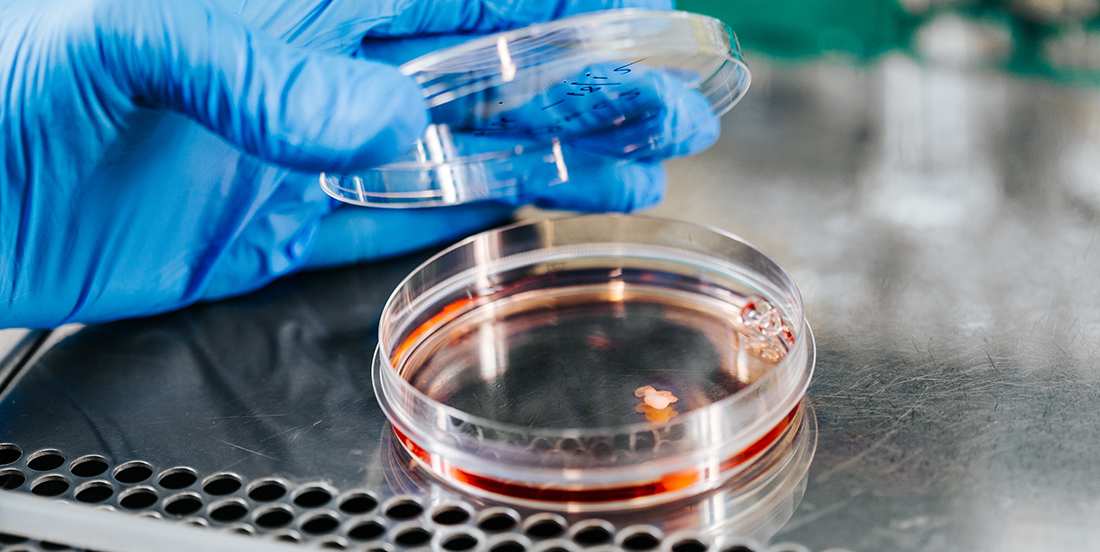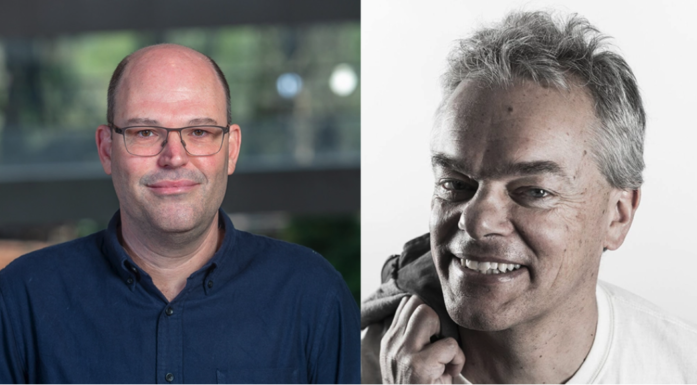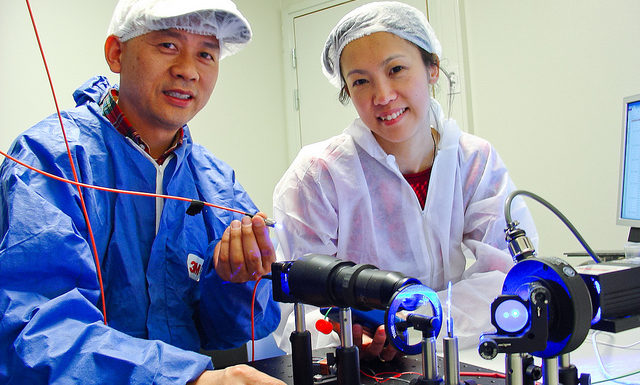Mini-brains reveal cause of rare syndromes
The culprit behind a large number of cancerous tumours is known to be a certain protein. Now for the first time, research shows that the same protein is the cause of several rare brain syndromes.
The rarity of these syndromes, caused by damage to a gene named HUWE1, means very few children are affected. Of course, the low absolute numbers are little consolation for children who are born with a severe intellectual disability as a result of gene mutation.
Many affected children have distinctive facial features, some struggle to learn to walk, and many never learn to speak. Some have an abnormally small head and have stunted growth.
There is no cure. Parents mainly focus on learning enough about how to cope to make everyday life workable.
A lot of parents struggle with guilt. Why did their child turn out like this? Could it be their fault?
- You might also like: Mimicking the effects of exercise with gene therapy
Damage to specific gene
Marte Gjøl Haug is the senior consultant in medical genetics at St. Olavs Hospital in Trondheim and has met with many despairing parents.
In recent years, the number of referrals has increased significantly as genetic testing has become cheaper and more readily available.
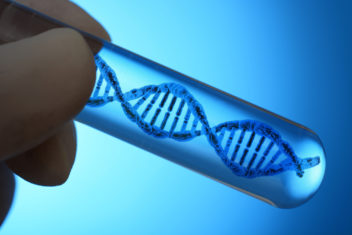
“We’ve seen more referrals in recent years. This isn’t because the number of children with congenital physical and mental disabilities has increased, but more people are now available who can help to find out the reasons for disease. Genetic testing has become much cheaper and more accessible. Before, you had to wait a long time to get the results of a genetic test,” says Marte Gjøl Haug at St. Olavs Hospital.
“Many parents are afraid that the cause of their child’s condition stems from something they could have avoided. A lot of parents have thought this for years before the child is referred and given a genetic diagnosis, which often adds an extra burden to their situation. Once they know that damage to a gene is the cause, many of them are hugely relieved. It wasn’t the one glass of wine during the pregnancy that was the cause after all,” says Haug.
The problems that result from the damaged HUWE1 gene have names like Juberg-Marsidi, Say-Meyer or Brooks syndrome.
The gene in question is one of more than 900 found on the X chromosome, the female sex chromosome. Girls have two X chromosomes. Boys have an X chromosome and a Y chromosome. Syndromes that are associated with the X chromosome, such as HUWE1, can therefore have differing degrees of severity in both girls and boys.
The damage to the gene occurs when a mutation occurs.
All genes have to be copied, but in instances when DNA fails to copy accurately, a mutation results that can lead to a number of diseases.
- You might also like: Unknown enzyme fights inflammation
Understanding the mechanisms behind disease
Damage to HUWE1 is known to lead to various syndromes, but this is the first time that anyone has figured out that all of the different syndromes have a common cause.
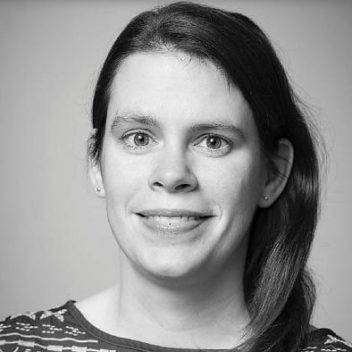
Barbara van Loon hopes to establish a shared biobank for rare diseases. A shared database would make it easier for researchers from all over the world to study rare diseases, to have access to larger groups affected by the same genetic mutations and at the same time have the best matched healthy control groups. Photo: NTNU
Professor Barbara van Loon is the researcher behind the discovery. She is a graduate of MIT and the University of Zurich, and came to NTNU from Switzerland a few years ago. Her expertise is in the field of DNA repair.
Studying these syndromes is challenging because the number of individuals affected by each syndrome is very low.
The low number makes it difficult for researchers to obtain a large enough number of samples to be able to draw conclusions.
“Individually, many of the syndromes are rare, but a lot of people are affected if you combine all the rare syndromes,” says van Loon.
- You might also like: Researchers make mini-brains from skin
Made stem cells from patients’ skin cells to grow mini-brains
She obtained blood cells from five boys with rare syndromes. In this way, she gathered enough genetic material to find a link.
To recreate the development of the disease, she created stem cells from skin cells from a child with a rare syndrome, and cultured mini-brains of these cells.
Her research allowed her to see that the cause of the syndromes was a protein called p53. This protein plays a major role in very basic neurological mechanisms.
If p53 gets out of control, a cell can develop into a cancer cell. It is well known that this gene is important in the development of cancer. Now, for the first time, van Loon and her colleagues have documented that it can also lead to such great problems with the brain’s development to cause intellectual disabilities.
“Our findings don’t mean that we can come up with a quick cure, but being able to explain the very basic mechanisms behind an illness is an important prerequisite for developing diagnostics and serving as a basis for future treatment. It’s also important in itself to give the affected families more information about the disease and how it’s developed,” says van Loon.
Basic, not applied research
Barbara van Loon works on basic research, which focuses on the very basic and fundamental processes in human beings. Her research is driven by the goal to discover completely new cell connections.
Van Loon's research findings are important pieces in the large puzzles that could result in a future breakthrough in how disease should be treated.
Knowledge gained through basic research is the most important source of major breakthroughs in medical treatment, but it can be years between a basic research discovery and clinical applications.
Watch a video that summarizes the article:
Reference: Aprigliano R, Aksu ME, Bradamante S, Mihaljevic B, Wang W, Rian K, Montaldo NP, Grooms KM, Fordyce Martin SL, Bordin DL, Bosshard M, Peng Y, Alexov E, Skinner C, Liabakk NB, Sullivan GJ, Bjørås M, Schwartz CE, van Loon B. Increased p53 signaling impairs neural differentiation in HUWE1-promoted intellectual disabilities. Cell Rep Med. 2021 Apr 8;2(4):100240. doi: 10.1016/j.xcrm.2021.100240.
